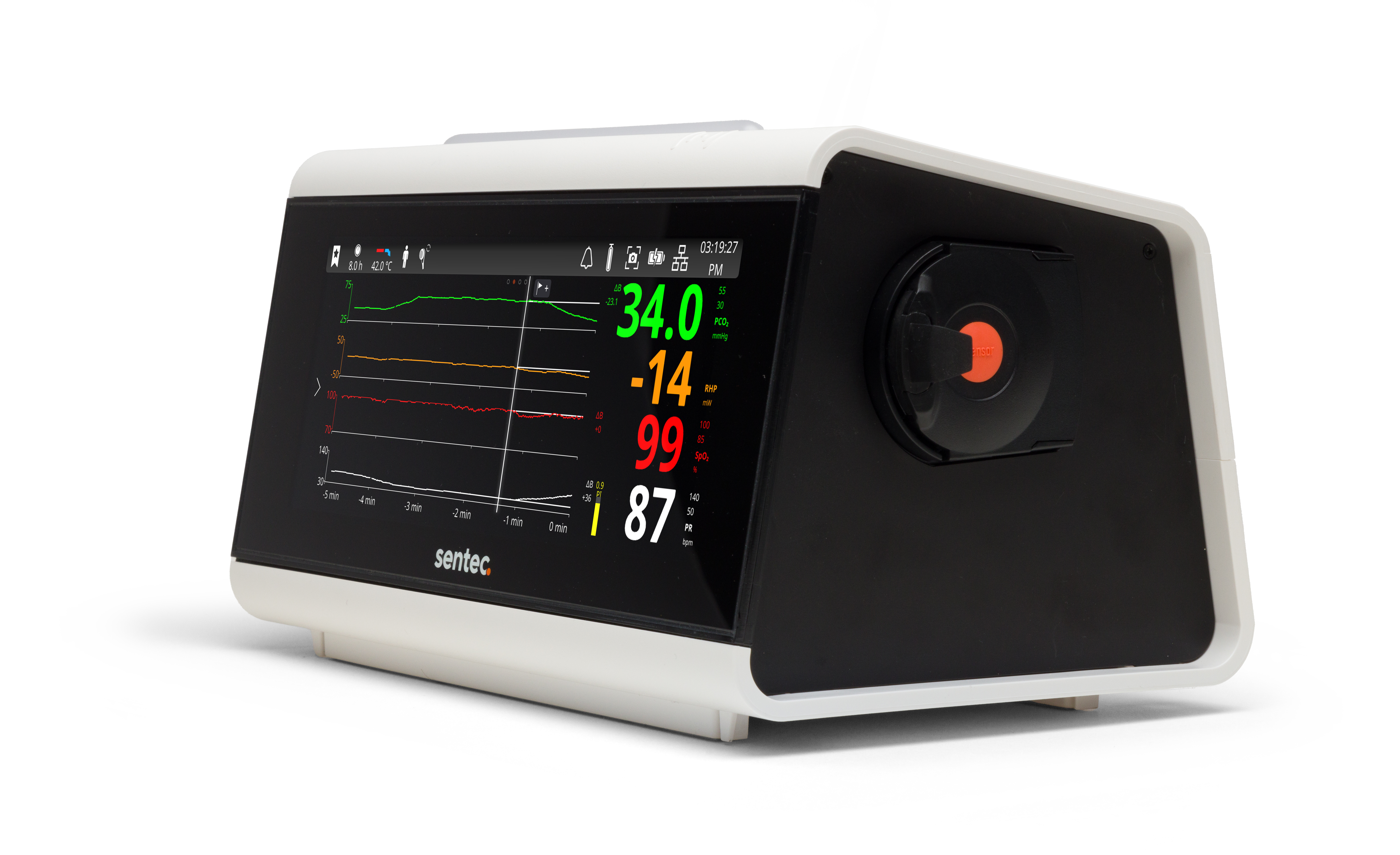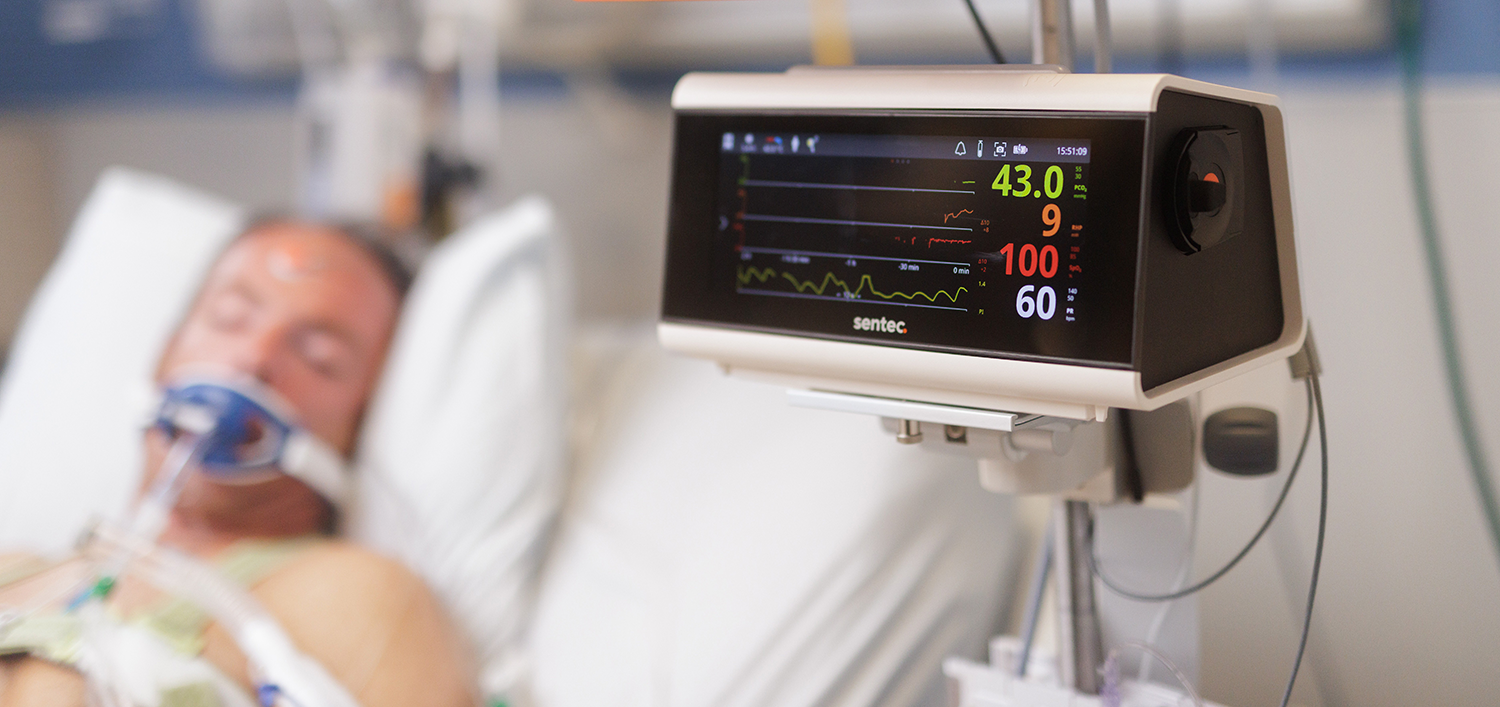How One NICU Cut Blood Gas Draws by 50%—and Built Clinical Trust in Transcutaneous CO₂ Monitoring
In the Fall 2025 issue of Neonatal Intensive Care, the NICU team at Woman’s Hospital shares how they reintroduced transcutaneous CO₂ monitoring (tcPCO₂) as part of a broader harm-reduction initiative, reducing invasive blood gas draws by half while improving care for extremely premature infants.
Plan. Do. Study. Act.
"You plan out the change you're going to make—for us, that was to implement monitors on all of our babies—then we wrote out the process and did it. We collected data. We studied it. If we found that parts of the protocol were not being followed, we'd go back, meet, make a decision and ask: 'What can we do about that?' And then we'd make the change; we'd act. You can do that with any process."
– Mark Schorr, RRT, Woman's Hospital
Meet the tCOM+
Developed with care, designed for confidence.
The tCOM+ offers continuous monitoring of tcPCO2, SpO2, and PR with a sleek new look and feel. This latest model includes significant software advances that improve workflow for providers, while continuing to support reduced blood draws and proactive ventilator management across care areas.

Stay up-to-date with Sentec





